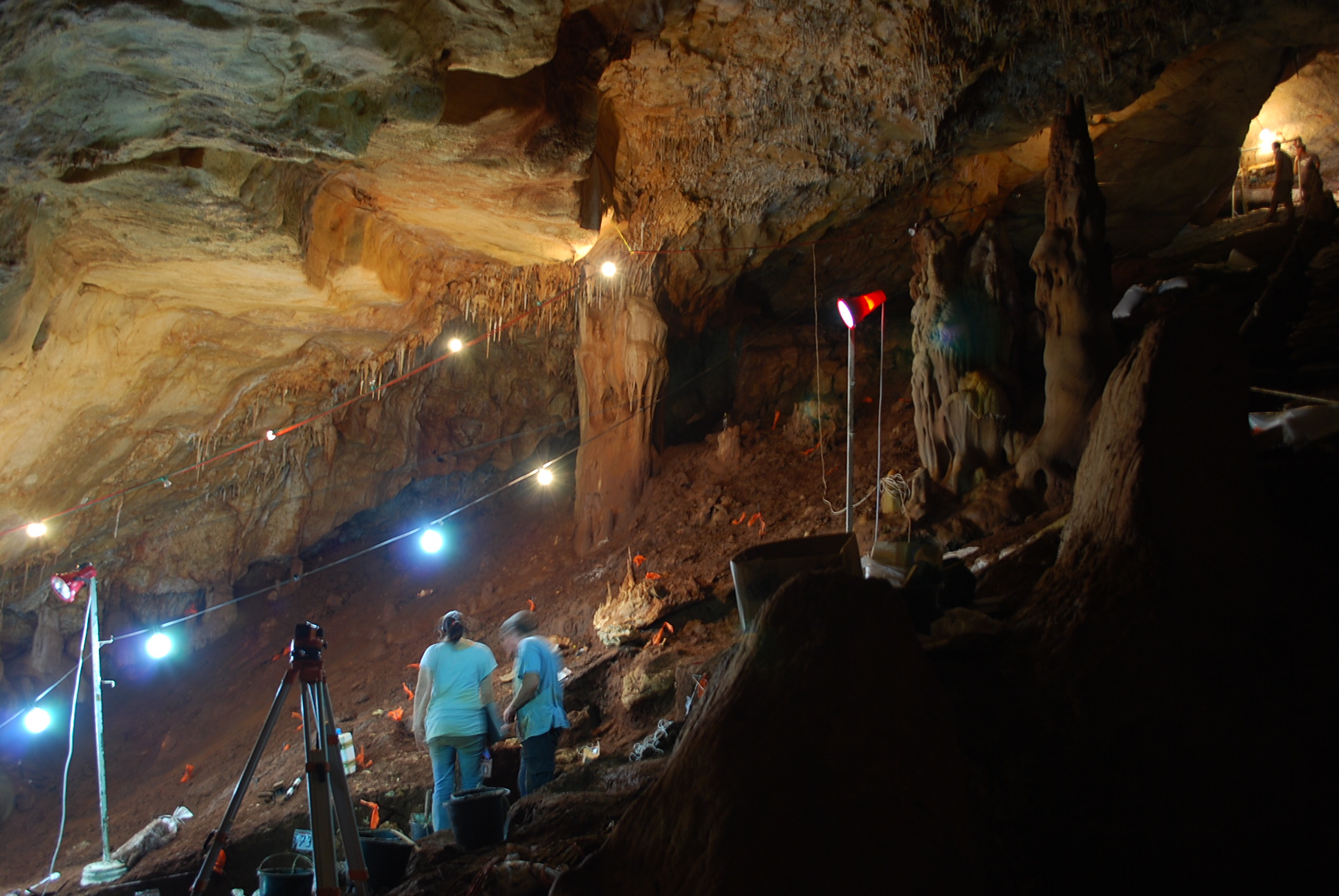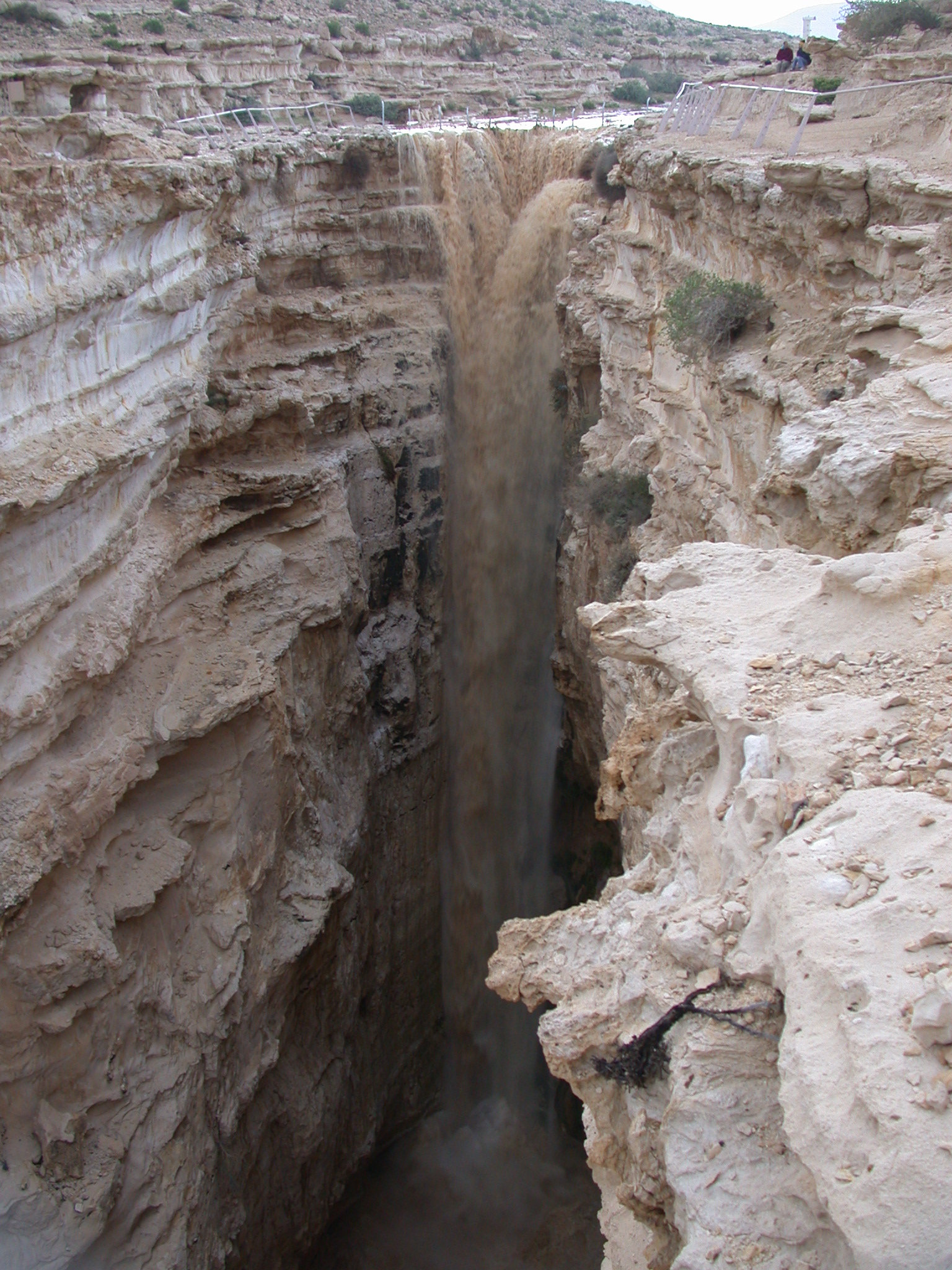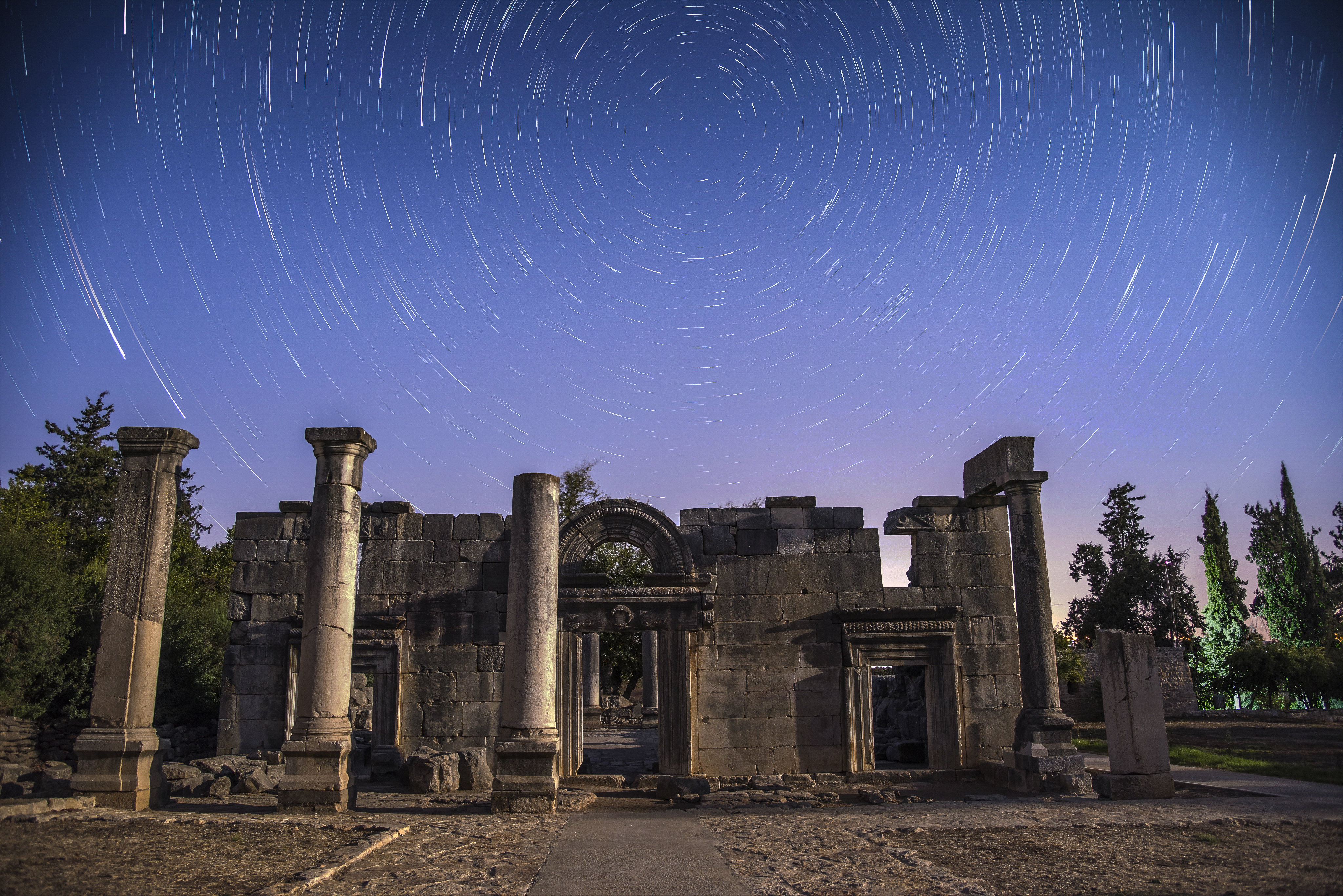Time Periods
Paleolithic
Mesolithic
Neolithic
Chalcolithic
Bronze Age
Iron Age
Classical Period
Post-Classical Period
Early Modern Period
Industrial Period
Contemporary Period
Time Periods
Paleolithic
Mesolithic
Neolithic
Chalcolithic
Bronze Age
Iron Age
Classical Period
Post-Classical Period
Early Modern Period
Industrial Period
Contemporary Period
Location
About
The Skhul Cave, located near Haifa, Israel, is a significant prehistoric archaeological site. As part of the Nahal Me'arot Nature Reserve, it forms a UNESCO World Heritage Site alongside other key caves such as Tabun Cave and Jamal cave. The site is renowned for the discovery of several human skeletons, providing crucial insights into the coexistence of Neanderthals and anatomically modern humans in the region between 200,000 and 45,000 years ago. Classified originally as Palaeoanthropus palestinensis, these remains suggest a lineage descending from Homo heidelbergensis. This blend of hominin species highlights the complexity of human evolution and migration patterns during the Middle to Upper Paleolithic periods.
Gallery
Explore photographs of ancient structures, artifacts, and archaeological excavations at Skhul Cave

Archaeological Features
Explore the unique architectural and cultural elements found at this historical site
Burial and Funerary Structures
Domestic and Habitation Structures
Historical Timeline
Journey through time and discover key events in this site's archaeological history
Plan Your Visit
Details
- Country
- Israel
- Source
- Wikipedia
More Sites in Israel

Manot Cave
Cave with early modern human remains
Tel Shem
Flattened tell with scattered artifacts.

Ein Avdat
Desert canyon with springs and ancient habitations.

Ubeidiya prehistoric site
Early Pleistocene hominin site with tools

Kfar Bar'am synagogue
Ancient synagogue ruins with ornate columns

Tel Hanaton
Archaeological tell in Lower Galilee, Israel
